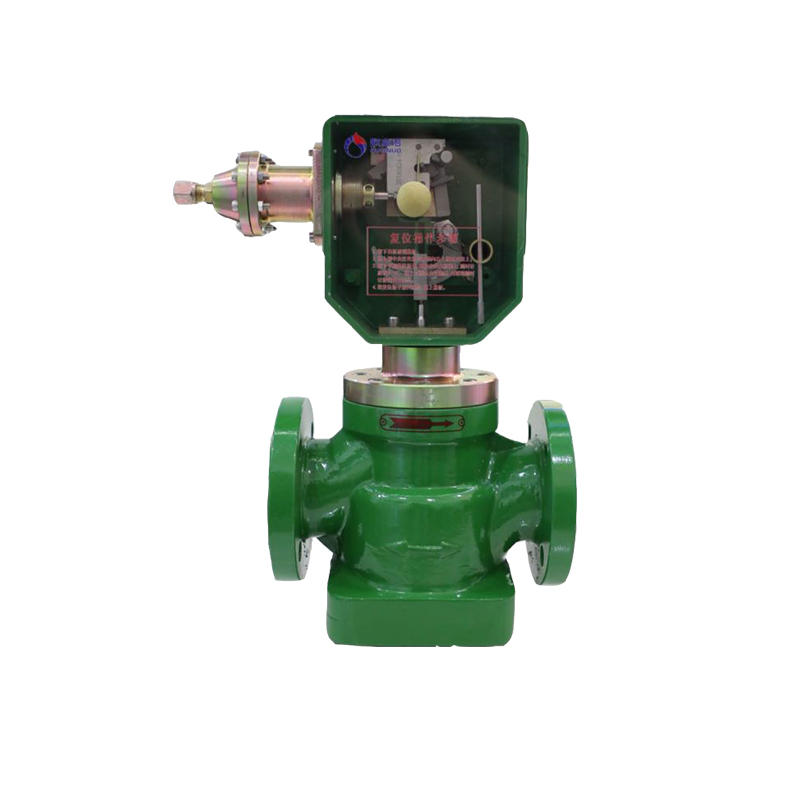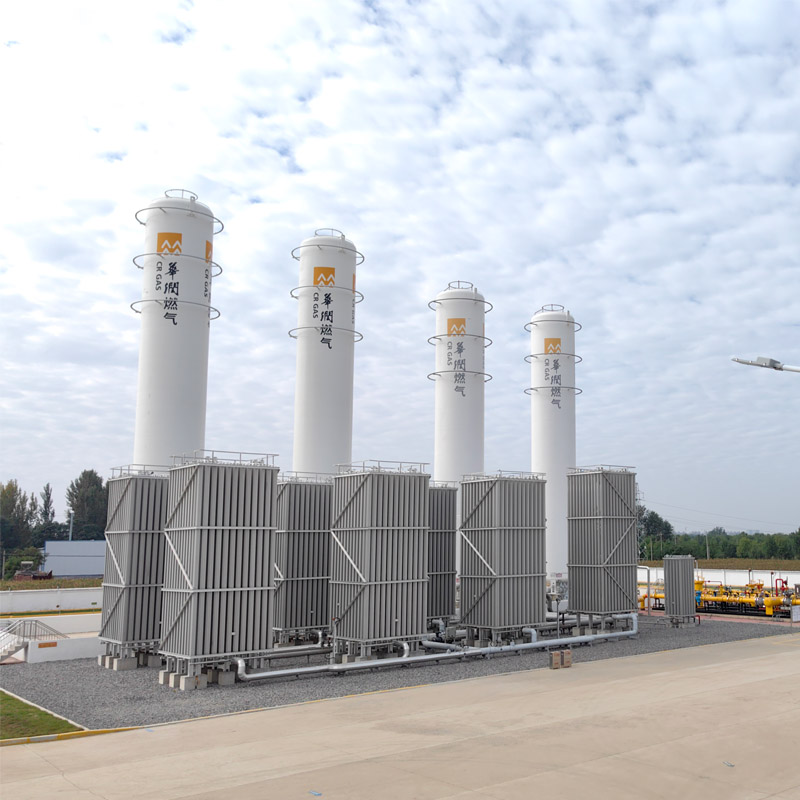
Jun . 03, 2025 14:08
Back to list
Gas Coalescer High-Efficiency Droplet Removal & Purification

(gas coalescer)
Understanding Gas Coalescer Fundamentals and Industrial Criticality
Effective gas purification remains paramount across energy and processing sectors where contaminant removal directly impacts operational integrity. At the core of this purification process, gas coalescer
filters perform an indispensable function – merging sub-micron liquid aerosols into larger droplets for efficient separation. These systems operate on principles of inertial impaction, Brownian diffusion, and interception mechanisms. Before delving into technical specifics, consider this structural roadmap:
- Physics behind gas-liquid phase separation
- Performance benchmarks and operational data
- Material science driving next-gen efficiency
- Comparative analysis of industry suppliers
- Engineering custom solutions for extreme conditions
- Aviation fuel decontamination case study
- Emerging innovations in gas filtration
Phase Separation Mechanics and Retention Mechanisms
Gas coalescer filters utilize specialized media configurations to capture liquid aerosols. Unlike simple mesh screens, multilayer composite materials force micron-sized droplets to merge upon contact with hydrophobic/hydrophilic fiber surfaces. This coalescence phenomenon transforms 0.3-1μm contaminants into droplets exceeding 10μm, facilitating gravity-based separation. Pressure differentials across multi-stage vessels typically range between 1.5-5 psig, while specialized polymer blends maintain structural integrity at 250°F with hydrocarbon exposure.
Quantifiable Performance Metrics and Operational Thresholds
Modern coalescers achieve aerosol removal efficiencies of 99.98% at 0.3μm particulate sizes when operating within specified parameters. Performance data from offshore platforms demonstrates particulate carryover reduction from 300ppm to under 5ppm post-implementation, extending compressor lifespan by 70%. Efficiency decays exponentially beyond 35 m/s velocity, necessitating precise flow control valves. Laboratory testing verifies 5000-hour service intervals before efficiency drops below 99.9%, with differential pressure build-up being the primary failure indicator.
Material Innovation Enhancing Contaminant Retention
Nanofiber-coated borosilicate microglass media now enables surface loading capacities of 15g/m² - triple traditional cellulose-polyester blends. Fluoropolymer treatments create contact angles exceeding 110°, forcing rapid droplet shedding. Field data reveals stainless steel 316L housings with internal coatings reduce corrosion failures by 88% compared to carbon steel alternatives. High-stress weld points utilize X-ray verified construction to withstand cyclic pressures up to 300 psig, proven across 1.2 million operational hours in sour gas applications.
Manufacturing Ecosystem and Technical Differentiation
| Supplier | Efficiency @0.3μm | Max Temp (°F) | Certifications | Pressure Rating (psig) | Service Life (months) |
|---|---|---|---|---|---|
| Parker Hannifin | 99.99% | 300 | ASME, PED, API | 330 | 36 |
| Pall Corporation | 99.98% | 275 | ISO 12500, DNV | 290 | 32 |
| Eaton Filtration | 99.95% | 250 | ASME, CRN | 230 | 28 |
| 3M Separation | 99.97% | 280 | API, DNV-GL | 310 | 30 |
Configurable Architecture for Challenging Operating Contexts
High-salinity offshore applications require duplex stainless steel housings with titanium internals, increasing capital costs by 40% but eliminating chloride stress cracking. Arctic installations integrate trace-heated jackets maintaining media temperatures above dew point at -60°F. For hydrogen processing, specialty nickel-alloy vessels withstand hydrogen embrittlement while composite gaskets prevent permeation leaks. Such engineering adaptations extend mean time between failures from 18 to 52 months in extreme environments, justifying premium configurations through operational continuity.
Field Validation in Aviation Fuel Hydrant Systems
Dubai International Airport's hydrant network integrated multilayer coalescers to combat microbiological contamination. Post-deployment testing confirmed 0% water content in jet fuel against previous 30ppm averages. Particulate counts reduced from ISO code 20/18/15 to 12/10/8, enabling 100% compliance with ASTM D1655 specifications. Hydraulic performance remained unaffected with consistent 250 gpm flowrates at 3.2 psid. Subsequent maintenance records indicate 97% reduction in fuel nozzle replacements and elimination of water-related turbine corrosion incidents.
Advancements in Gas Coalescer Filtration Technology
Membrane-integrated designs now achieve particulate removal to 0.01μm without pressure penalties, representing a paradigm shift for pharmaceutical blanketing gases. Sensor-equipped housings monitor differential pressure trends to predict media saturation 120 hours before efficiency decline. Recent NSF-certified polymer alloys enable 100% recyclability while reducing carbon footprint by 65% during manufacturing. These innovations position modern gas coalescers as predictive maintenance assets rather than passive filtration components, transforming operational risk profiles across energy sectors.

(gas coalescer)
FAQS on gas coalescer
以下是围绕核心关键词[gas coalescer]及相关词创建的5组FAQ,使用HTML富文本格式:Q: What is the primary function of a gas coalescer?
A: A gas coalescer removes liquid aerosols and particulate contaminants from gas streams. It forces small droplets to merge into larger ones for easy drainage. This ensures cleaner compressed air or gas output for industrial processes.Q: How does a gas coalescer filter differ from standard filters?
A: Gas coalescer filters specialize in separating liquid emulsions via coalescence mechanisms, not just solid particles. They use layered media like glass fibers to trap sub-micron aerosols. Standard filters typically only capture larger solid contaminants without droplet merging.Q: Where are gas coalescers commonly applied?
A: Gas coalescers are essential in compressed air systems, natural gas processing, and biogas purification. They protect downstream equipment like turbines and valves from liquid damage. Critical in aviation, petrochemical and pharmaceutical industries for ISO air quality compliance.Q: What maintenance do gas coalescer filters require?
A: Monitor differential pressure gauges monthly and replace elements when pressure drop doubles. Drain liquid sumps daily to prevent re-entrainment. Annual integrity testing ensures media hasn't degraded or bypassed.Q: Why is multi-stage filtration used in gas coalescer systems?
A: Pre-filters capture large particles (>1μm) to protect the coalescer media. Coalescers then remove fine aerosols (0.01-1μm). Optional vapor adsorbers eliminate oil vapors post-coalescing for ultra-pure air applications.Latest news
-
What Role Do Pressure Reducers Play in Industrial Systems?NewsJun.12,2025
-
What Role Do Gas Valves Play in Industrial Safety and Functionality?NewsJun.12,2025
-
Key Components in Energy Management and Temperature ControlNewsJun.12,2025
-
Integral Components in Mechanical and Energy SystemsNewsJun.12,2025
-
How Do Industrial Valves and Filters Ensure System Safety and Efficiency?NewsJun.12,2025
-
Essential Components for Industrial Fluid Management: Valves and SystemsNewsJun.12,2025

